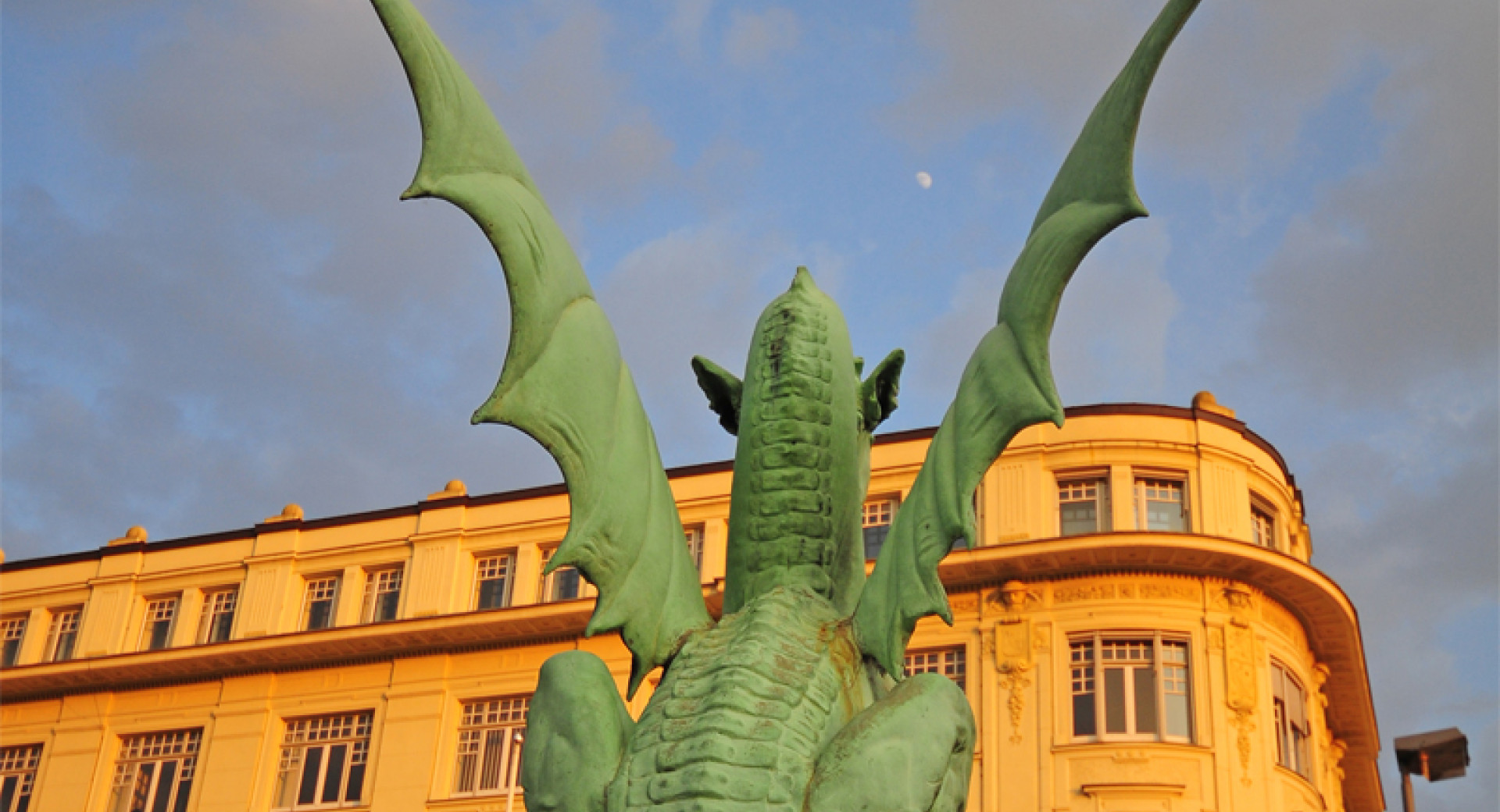Ljubljana's Art Nouveau Year
27 Jan 2015
In 2015, Ljubljana celebrates the 150th birth anniversary of the architect Maks Fabiani, who created his best works at the turn of the 20th century using the then new artistic style known as Art Nouveau. Thanks to Fabiani and a number of other, mostly Slovenian, architects of the time, Art Nouveau is one of the styles that have a significant impact on the appearance of the Slovenian capital today.

© World Travel & Tourism Council
Did you know that the famous Dragon Bridge, one of Ljubljana's most popular tourist attractions, is an example of Art Nouveau architecture? In celebration of its Art Nouveau Year, Ljubljana will host a number of exhibitions giving you an opportunity to gain a detailed insight into the city's rich Art Nouveau heritage. The first two of them – Art Nouveau Ljubljana and the Architect Maks Fabiani, set up at the Tivoli Park's outdoor gallery, and the National Museum exhibition The Nature of Art Nouveau – are already open for viewing.
Maks Fabiani, the creator of the architectural concept for Art Nouveau Ljubljana
Following the devastating Ljubljana earthquake of 1895, Art Nouveau, so to speak, regenerated the city. The post-earthquake urban development plan for Ljubljana was prepared by Maks Fabiani, who made a name for himself in Vienna and is celebrated, among other things, for his reconstruction of Konopiště Castle in Bohemia on commission from Archduke Franz Ferdinand, heir presumptive to the Austro-Hungarian throne.
Art Nouveau, a style emphasizing distinctive local features and tradition
Ljubljana's Art Nouveau buildings were mostly designed by local architects who, using the new Art Nouveau style and taking inspiration from folklore motifs, geometric shapes, and nature, contributed to national awakening in Slovenia just like their Hungarian, Scottish, Catalan, Finnish, and other counterparts did in their own countries.
The majority of Ljubljana's Art Nouveau buildings were constructed in the first decade of the 20th century alongside the Miklošičeva cesta street, between the historical city centre and the main railway station. Art Nouveau buildings are also the main architectural feature of Ljubljana's central town square, Prešernov trg.
Keep up to date with the events marking Ljubljana's Art Nouveau Year. The list of events is being updated as new announcements are made.
